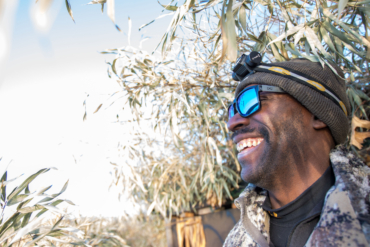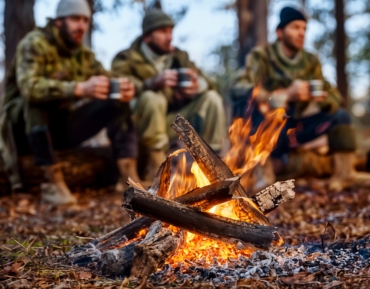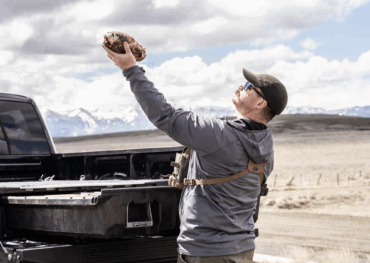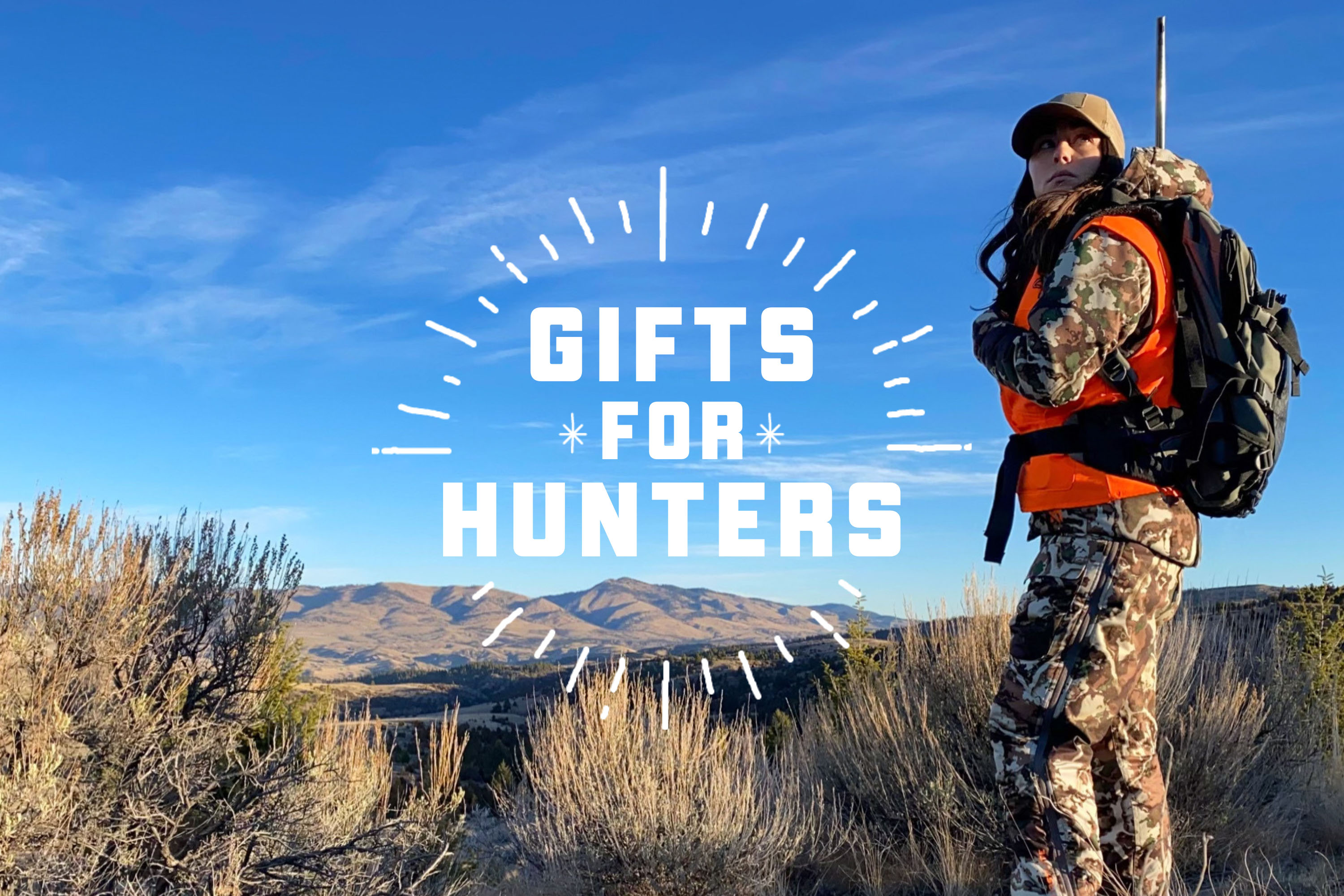Grasshoppers are overly abundant in the late summer, and trout like to eat them. Here’s the breakdown of how to utilize this hopper-dropper rig to trick some trout.
In the neverending search for tight lines in trout fishing, we’re constantly looking for innovative fishing methods. The hopper-dropper, while not new, is a tried-and-true rigging option. Let’s take a quick look at the rig and how to fish it.

What Is the Hopper-Dropper?
The hopper-dropper rig can be described as a dry fly with a trailing nymph in the water column below. Hoppers are a foam fly variation of the grasshoppers found in the late summer, especially along riverside edges. Hungry trout wait below for a grasshopper’s ill-placed jump or fall from the grass above that lands them on top of the water.
The nymph is placed below due to trout’s tendency to eat far more consistently in the water column. With ospreys and other dangers above, it’s easier and safer to stay submerged and feed on small emergers. The hopper acts as an indicator, dropping below the surface when the fish takes the nymph. This lets you know when to set the hook.
But sometimes the temptation of a giant meal on the surface is too much.
Rigging Up the Hopper-Dropper

The basic concept is to attach enough tippet to the end of your leader. Attach a foam hopper variant to the end of this tippet. Attach another strand of tippet, usually 8-12 inches in length, tied onto the hopper’s hook. At the end of this tippet, generally 1X smaller than above tippet, attach a weighted nymph.

The upper section of tippet is usually nylon in size 4X or 5X, with the nymph being tied to a 5X or 6X fluorocarbon tippet. The nylon tippet floats well, while fluorocarbon sinks and is virtually invisible to feeding fish in the water column.
Two easy options are RIO PowerFlex Plus ($10) for the nylon floating tippet and RIO Flouroflex Plus ($15) for the sinking fluorocarbon tippet.
You can utilize a variety of hopper patterns for this rig. An example is the Big Eye Hopper ($3) and a tungsten-weighted nymph like the Tactical TH Copper John ($3). Both flies are available from Orvis.
How to Fish the Hopper-Dropper
There are two easy methods for fishing this rig. One method is wading to structure in the main or side channels of the river and casting to the structure. Cast above, mend the line for a drag-free presentation, and watch the hopper for an eat or indication of a nymph eat. The RIO Products video below shows this method in detail.
07 How To Fish a Hopper/Dropper rig from RIO Products on Vimeo.
The other option is while on a drift boat or some river-appropriate vessel. Cast to the banks on the river. Land the flies as close to the edge as you comfortably can without snagging the grassy banks.
Casting toward river island tips works well, or anywhere with an eddyline to cast on. Fish should be hanging out in the slack water waiting for food to come down.
When to Use the Hopper-Dropper
The hopper-dropper tactic is productive at all times of the day. It’s great because it gives the trout two options to feed on, thus doubling your chances to land one.
I’ve found that late afternoon into early evening works well for top bites. You’ll most likely get more eats on the nymphs when the sun is overhead. And change out the nymphs from time to time if the eat is slow.






